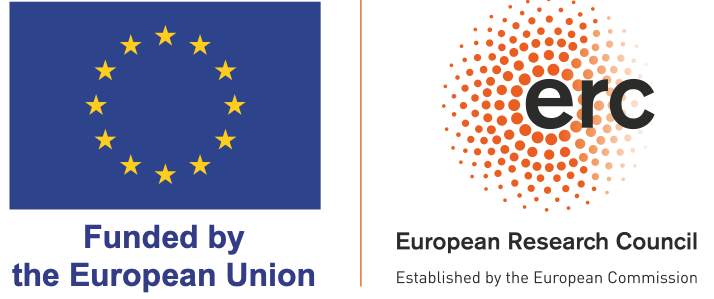Incorporating a ‘Missing Minority’ to Re-examine the Profile, Drivers and Depth of Poverty across Europe
At present, a non-trivial minority of people are missing from the sampling frame of surveys used to construct official statistics on poverty and social exclusion in Europe. Non-private households, people experiencing homelessness, displaced or mobile populations, those in temporary accommodation, communal establishments and institutions are routinely excluded from national surveys underpinning European Union Statistics on Income and Living Conditions (EU-SILC). This significantly undermines our ability to accurately estimate the incidence, composition and depth of poverty in Europe because some of the most marginalised and low-income groups are over-represented amongst this ‘missing minority’. As a result, official EU statistics reproduce gaps in data and knowledge about some of the key populations of most urgent concern to policymakers and researchers looking to understand and tackle (deep) poverty. Much more than merely technical or pragmatic, these practices reflect a set of theoretical and normative judgments about who counts in social policy.
Over a five-year period, the WHOCOUNTS project will develop and deploy new datasets on the social groups currently rendered invisible through official poverty statistics and policy evaluation in Europe. To do so, WHOCOUNTS will analyse data from eight European countries, considering demographics, low-income dynamics and policy interventions. The use of adjusted and unadjusted EU Statistics on Income and Living Conditions (EU-SILC) data will improve estimates of poverty and nuanced understanding of who is most at risk of it and why. The research programme is split across four work packages:
Work Package 1
- Establish the nature of noncoverage and the population sub-groups currently missing from the sampling frames of population income surveys used to construct official poverty statistics;
- Review and collect data that offer insight into the characteristics of the ‘missing minority’ focusing on key demographics, work, income and deprivation indicators.
Work Package 2
- Quantitatively analyse the unadjusted EU-SILC datasets for selected countries;
- Incorporate data on the ‘missing minority’ into population income surveys to re-examine poverty across selected European countries via the use of appropriate imputation methods.
Work Package 3
- Examine the determinants of (deep) poverty across countries and time periods with a particular focus on those often under-served through existing research;
- Draw on adjusted EU-SILC datasets to explore what impact the addition of the ‘missing minority’ has on the risk factors associated with (deep) poverty.
Work Package 4
- Analyse the current status of poverty data infrastructure at the EU-level to evaluate the methodological significance of noncoverage error;
- Drawing on lessons from work packages 1-3, consider implications for poverty analysis and anti-poverty policymaking in the future.
WHOCOUNTS is hosted by the Institute of Government and Public Policy and the Department of Political Sciences and Public Law at the Autonomous University of Barcelona.
WHOCOUNTS is supported by the European Research Council (ERC).
Grant agreement ID: 101077363
